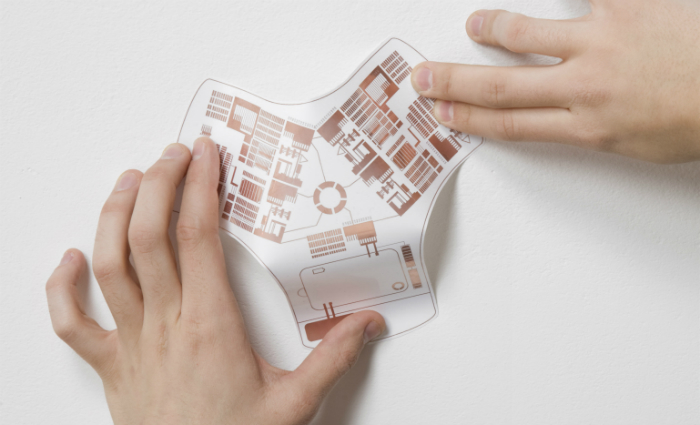
New technology enabling electronics to be printed on paper and cardboard could open massive new markets for printers.
Research by Swedish organic electronics scientist Professor Magnus Berggren allows electronics like sensors displays and antennas to be printed cheaply, quickly and in large quantities with potentially big profits.
Berggren’s contribution to the emerging technology was acknowledged with the Marcus Wallenberg Prize in Stockholm by the Swedish King, for his pioneering research, contributions to fundamental research, and a number of applications of electronics on paper.
[Related: More stories about new technology]
Berggren’s research has developed ion-based electrochemical transistors that work at low voltage and are simple to print on even raw surfaces like paper.
It will allow people to connect to and communicate with many everyday items in unprecedented ways.
Applications include displays that show changes to best-before dates on milk cartons left out of the fridge, or whether food in the freezer has defrosted; warnings of whether a muesli bar contains nuts; and a strip of paper to check whether your sore throat is caused by bacteria.
Market assessors estimate between five and 10 trillion devices will be connected to the internet within 10 years in comparison to today’s about 15 billion.
Berggren has also developed organic bioelectronics using the same technology to enable communication between biological systems and electronics for medical and private use to aid health care.
He says the products being printed on paper can be recycled after use.
Comment below to have your say on this story.
If you have a news story or tip-off, get in touch at editorial@sprinter.com.au.
Sign up to the Sprinter newsletter
